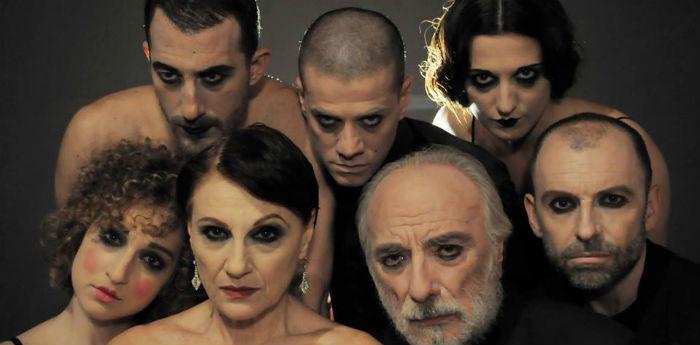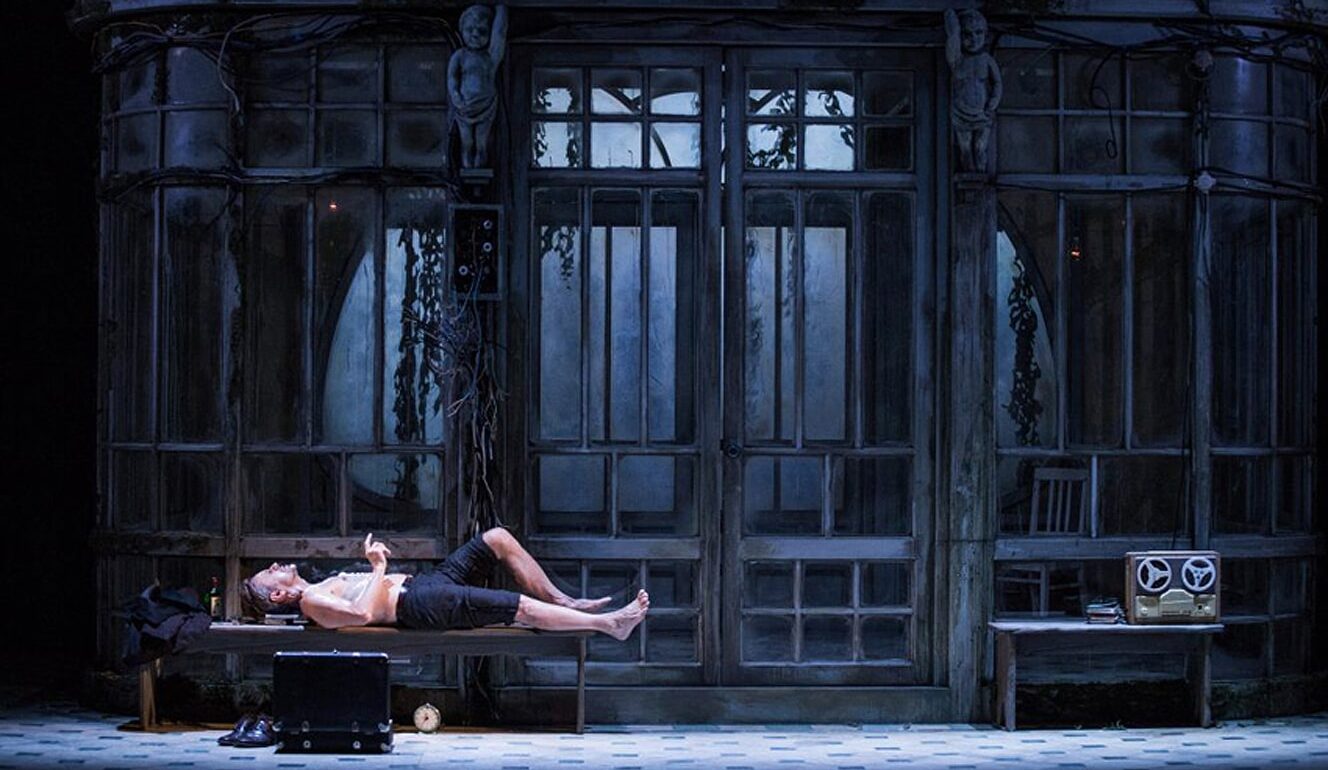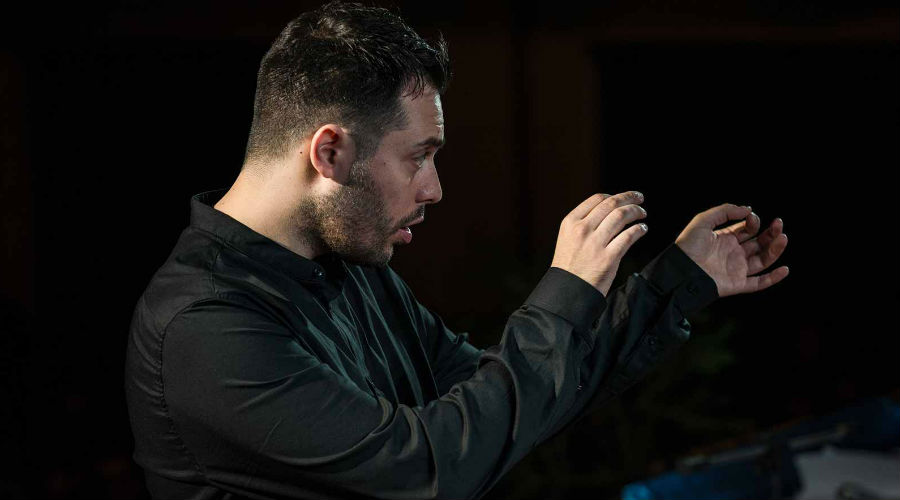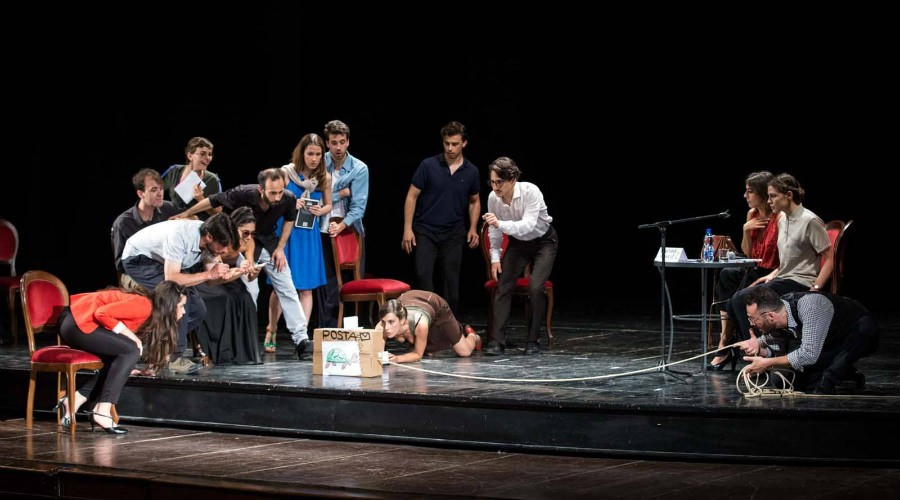Chekhov's "Seagull" arrives at the Napoli Teatro Festival thanks to the direction of Gianluca Merolli for the "focus" on the Russian playwright
Dive into Chekhovian "subtexts" is still the desire of all theater directors today, as it was for Stanislavski in 1898 when he managed to stage the first successful version of the opera at the Moscow Art Theater. The Seagull.
since The Seagull it is a challenge for anyone facing the theater. At first glance trivial and didactic, actually the text written in the 1895 from Anton Chekhov, reveals itself to be profound and poetic, full of meaning and loaded with symbols, able to lend itself to multiple interpretations.
Gianluca Merolli, young actor, singer-songwriter and theatrical performer, has also passed his first directorial rehearsal, setting up a The Seagull unpublished and surprising, which debuted last night in the world premiere at Teatro Sannazaro of Naples for the Napoli Teatro Festival, enchanting and thrilling the public. (The show is also on stage tonight for the last rerun).

The key to reading Merolli, in his stage realization of A Seagull, and the death. And it is from the death of all the seven characters of Chekhov's text that representation begins. Irina Arkàdina and his son Kostantìn Trepliov, the young actress Nina and the successful novelist Trigorin, the sad one Mascia and the teacher Medvedenko, appear on stage as if they were foreplay actors. Seven "strollers" in search of meaning in their frustrated life, seven dry and consumed souls who survive themselves. All “orchestrated” by Sorin, the owner of the summer estate in the countryside where Chekhov sets up his Seagull.
Seven actors and seven puppets because I tell this story as if everything had already happened, between the 1896 and the 1925, and we met today, souls already dead, to relive what has already been. This is because I wanted to tell through the well-known Chekhovian story how men may have died already in life: "death" understood as "impossibility to live" but also as "incapacity to live". That sense of loneliness and wandering that belongs to us and sometimes despairs us. In the balance between death and non-death, our actors recite what they could not not be, surrounded by abandoned puppets and objects from the past
The revisitation of the Seagull by Gianluca Merolli it shows that the banal and boring Chekhovian world in which the characters are immersed, each closed in their own desperation and individual dissatisfaction, actually represents our world and that of all humanity. The drama opens with the death of the characters and the characters themselves evoke death in every moment of their short stage life.
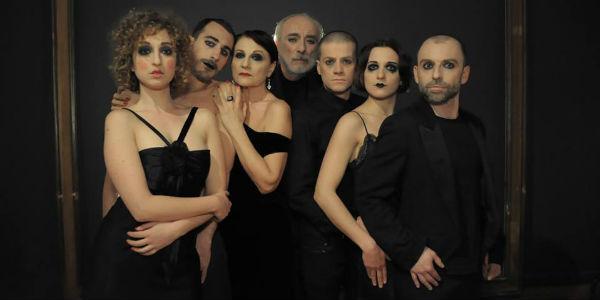
The evolution of the plot not only is it respected but it is also accentuated. The "pains" of the individual characters are deep and alive. L'Arkadina she's a frustrated old actress who hides behind her past hits; Nina it has the crackling enthusiasm of those who are preparing to live in the world of entertainment that they dreamed of, but also of those who will be deeply disappointed; Trigorin he has the air of an arrived writer whose talent is represented here more by his physical prowess than intellectual; Mascia is the most intense and desperate character of the whole pièce, able to express and transmit the inner restlessness of a lonely and unhappy woman even when finally married with Medvedenko, his teacher. And then there is Kostja, masterfully interpreted by the same Gianluca Merolli, which gives the protagonist his insecurity as a young theater writer, continually tormented and mocked by his mother Arkàdina and suffering from the unrequited love of Nina, which ends up in the arms of Trigòrin, his mother's new companion and well-known theater writer , whose talent Konstja envies but fears comparison.
To accompany each of them a puppet, a mannequin, occasionally shown to the viewer, as if to replace the empty soul of now lifeless beings. One of these puppets represents, in Merolli's staging, the Seagull" shot by Konstja e Donato to Nina, in one of the most emblematic and intense scenes of Chekhov's text. The presence of this "seagull" on stage is then repeated several times, as a warning of life and at the same time of death that looms over each of the characters.
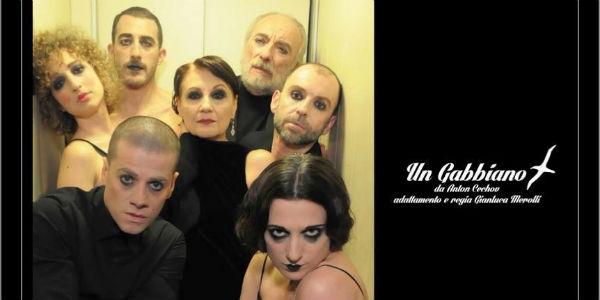
"I am the seagull!" he cries at the end of the drama Nina in a last and desperate confrontation with Konstja who has already attempted suicide. "I am the seagull!", Konstja replies. "No!", Nina shouts in response, as if to avenge her greatest intolerance of life.
But probably we are all that "seagull". We all have our inner suffering, our frustration that prevents us from living and still feeling emotions. The typical sad, ordinary and monotonous Chekhovian world, reinterpreted by Merolli, has never been closer to our world. The characters who move, despair, at times dance and sing in musical interludes that break the original solemnity of the drama, communicate their dissatisfaction but also their desire to tell and interpret themselves. In a theater of death that starts from death to desecrate it and where the only glimmer of hope is to do theater. And, after all, The Seagull of Cechov is "A text on theater, on actors, on theater writers".
Death succeeds here to "To open an imaginative universe, a secular paradise, in which one can remember with detachment and play what one has been". Death as a creative stimulus to give new life to the theater, as Cechov himself intended to do in the 1896.
Gianluca Merolli has succeeded in making universal the meaning of the Seagull and to transport it to our contemporary world. Fragility, the "Poetics of the desperate", the personal and historical impatience of Kiev in 1895, where Chekhov sets the drama, have to do with the Kiev of the 2014, with its bloody civil war that is throwing a country and a whole humanity into despair. Making theater can be a way to exorcise this umpteenth human madness, in the most cathartic sense of the word "theater".

